The cardinal rule when using firewood is that it has to be fully seasoned/dried. While there are many ways to dry firewood, kiln drying is the most effective option.
Today, we will look at kiln-dried firewood and compare its performance to seasoned firewood. Let’s get started!
What is kiln-dried firewood?
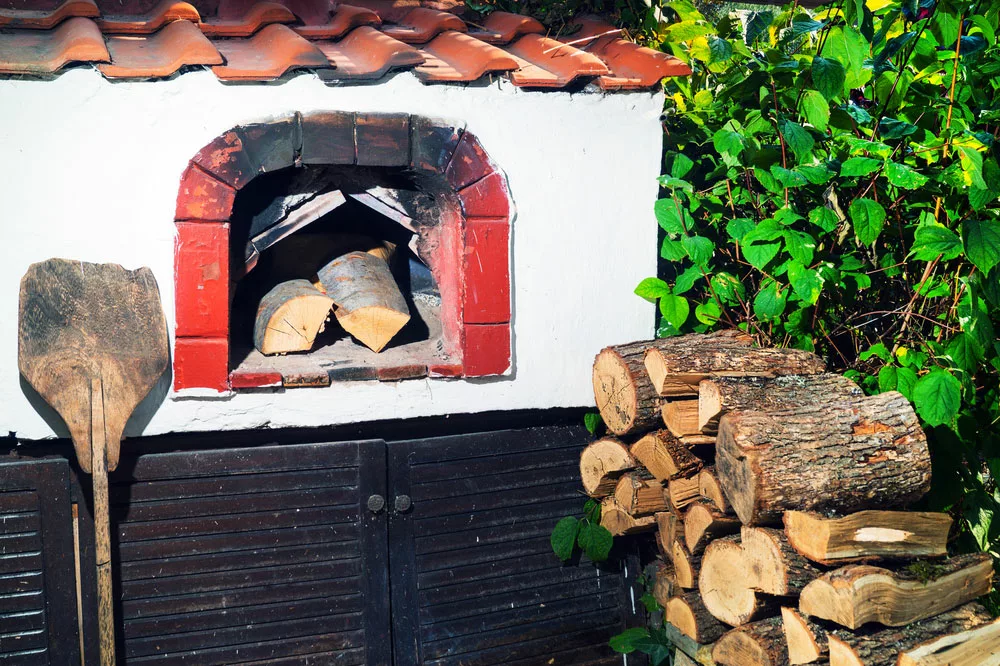
Firewood in a conventional oven.
It’s a firewood drying technique that involves passing hot air over it in a kiln environment (temperature ranges of around 70°C). The aim here is to lower its moisture capacity to below 20%. On the other hand, we have the seasoning technique of drying firewood.
The latter involves properly stacking firewood in an area with access to sunlight and good airflow to facilitate drying. However, it is less effective than oven drying as the end product has a moisture level above 25%.
Pros and Cons of Kiln-Dried Firewood
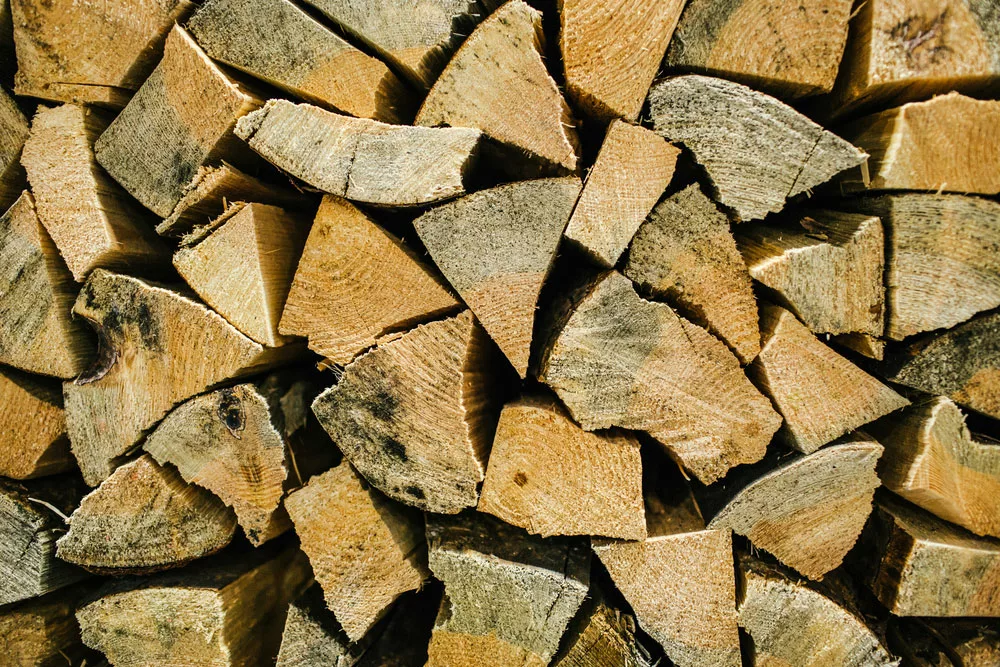
The Kiln-dried firewood.
Kiln-Dried Firewood Pros
- First, the kiln drying process is straightforward as it doesn’t require much preparation time. All you need is to split the firewood, but you can still dry it large if the kiln can accommodate its size.
- Also, it’s the ideal firewood drying option when you want to use it quickly. The process requires a maximum of 7 days, and your firewood is appropriately dried.
- Most oven-dried firewood is lighter than if you dry it via seasoning. Hence, this makes it easy to transport it.
- Thirdly, you don’t have to stack much firewood when you have the kiln drying option. You can source the firewood whenever you need it and dry it fast.
- Further, furnace-dried logs are widely available thanks to the popularity of the drying technique with most firewood sellers.
- The heat output for oven-dried firewood is significantly high as the process removes most of the moisture.
- This firewood type is easy to set on fire with just a few kindling materials and, thus, easy to use.
- It also yields little smoke thanks to its relatively low moisture capacity, especially if dried for a long duration.
- You don’t have to worry about a pest and fungus attack with kiln-dried firewood. The drying process expels most of the moisture, thus also discouraging rotting.
Lastly, fire-dried softwood is less likely to spark due to the limited moisture left in the firewood after the drying process.
Kiln-Dried Firewood Cons
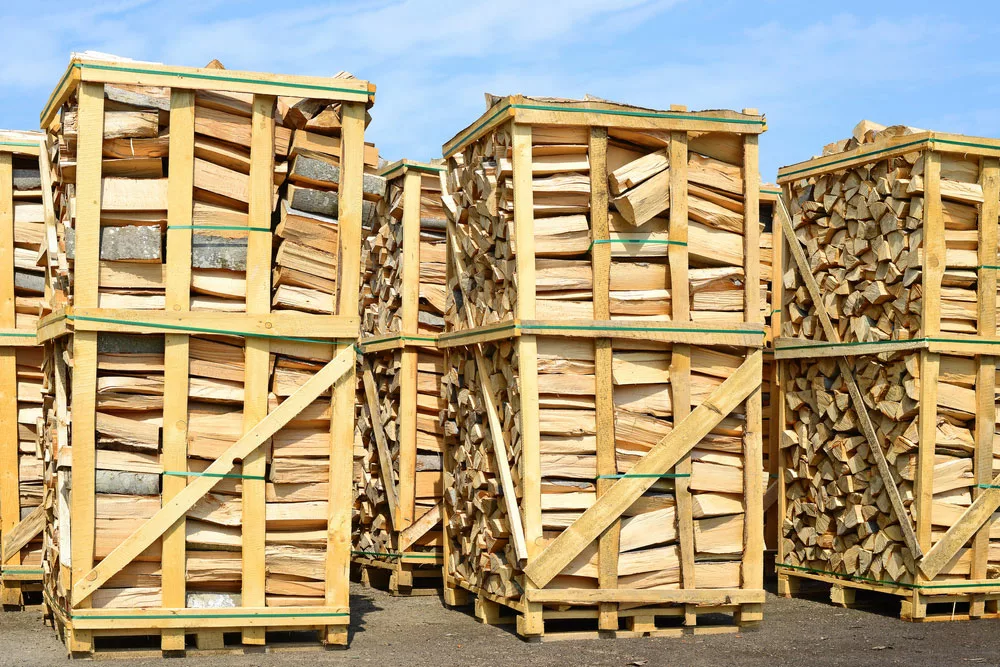
Firewood in pallets.
- The kiln drying process is relatively more expensive than normal seasoning. Consequently, you will spend more to acquire fire-dried firewood.
- Also, most furnace-dried firewood sellers retail it in pallets rather than cords, as is the case with seasoned firewood. Hence, you may need quite a lot of it to meet your firewood use needs.
Kiln-Dried vs. Seasoned Firewood: How to Choose
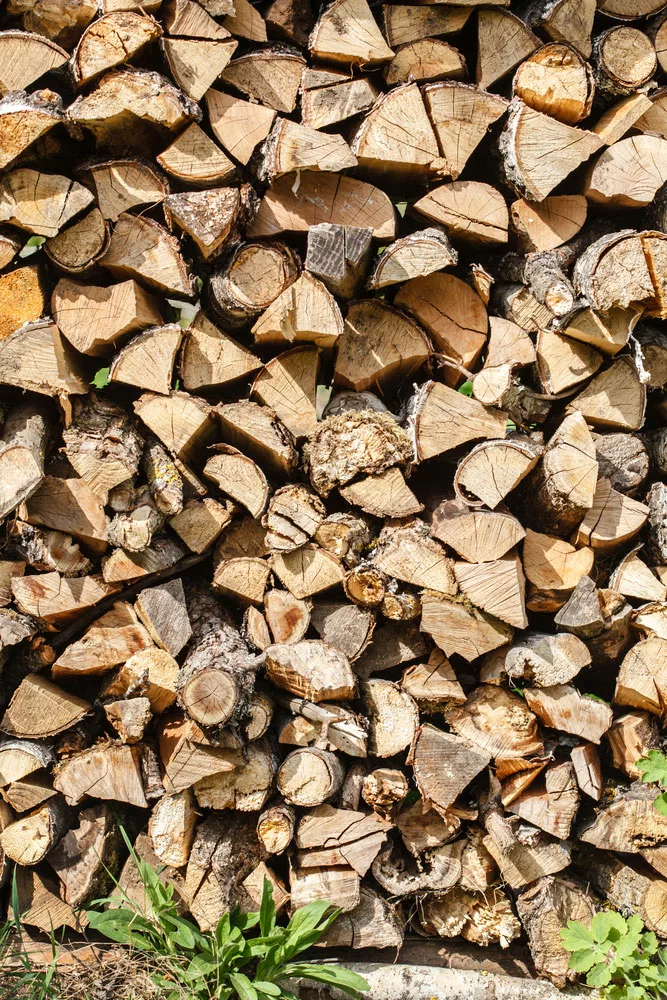
Dried Firewood.
Let’s not see how kiln-dried wood fares in comparison to seasoned firewood.
Which Firewood Dries Faster?
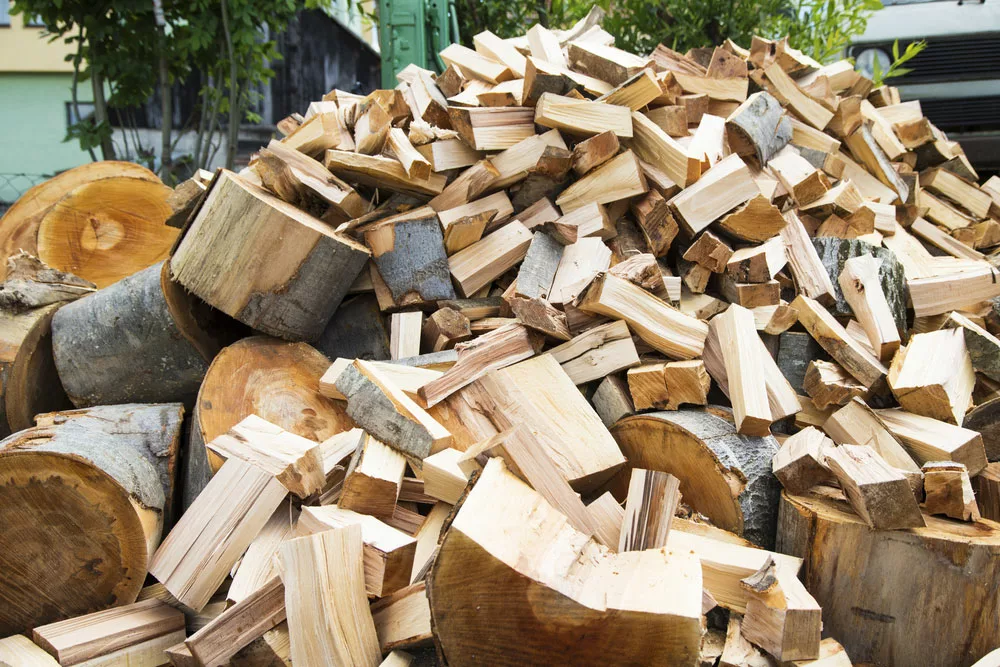
Dry and ready-to-use firewood.
Kiln drying is the ultimate option to have your firewood ready for use within the shortest possible time. When you set the right kiln conditions, your firewood should dry within 7 days.
On the flip side, seasoning firewood is a lengthy process that can take years, especially when dealing with hardwood tree species. Moreover, it takes place outside where there’s a prevalence of moisture and fungi which can further delay the drying process.
Lastly, pests and wood-boring insects will likely attack as you wait for your firewood to season. These will significantly lower the overall firewood qualities.
Winner: Kiln Dried Firewood.
Which Firewood will Burn Better?
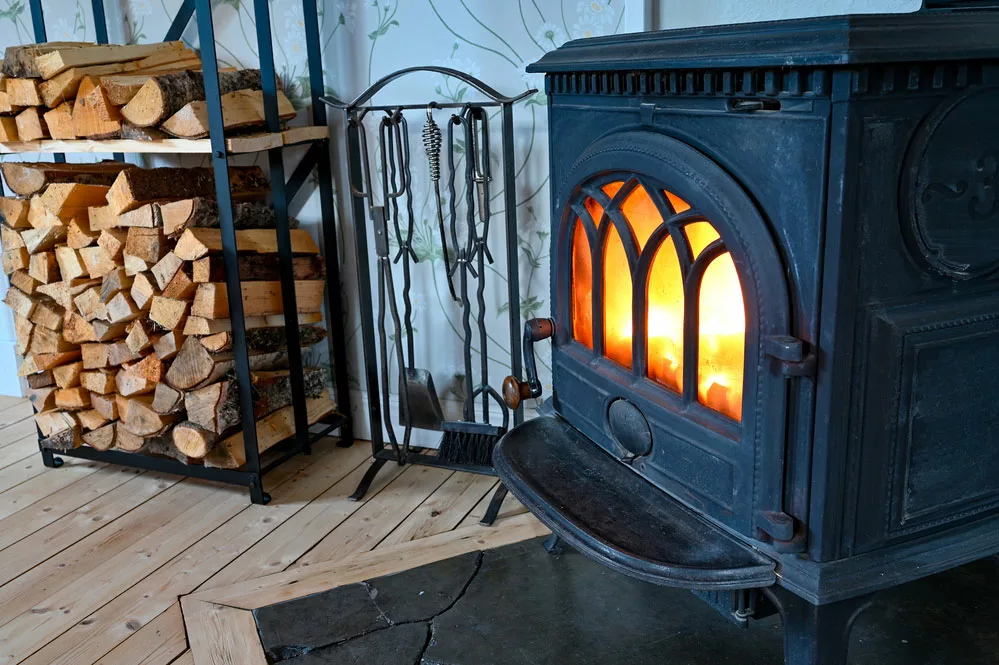
A firewood Fire.
Again, oven drying prepares firewood to burn efficiently as the process significantly reduces the wood’s moisture. If you appropriately do it, you will acquire firewood with a moisture level below 20%. It is the ideal level for quality firewood and will help you realize its maximum BTU/cord output.
Nonetheless, when you season your firewood, numerous factors compromise the efficiency of the drying process. For instance, the air drying process is slow as it’s reliant on the weather. So, it will take ages for the firewood to dry in inclement weather.
Moreover, seasoning, no matter how efficiently you do it, will never reduce the moisture to below 20%. You can only achieve this if you season the firewood for an outrageously extensive duration.
Lastly, seasoned firewood is likely to be smoky than if you kiln-dried it.
Winner: Kiln Dried Firewood
Which Firewood is More Convenient?
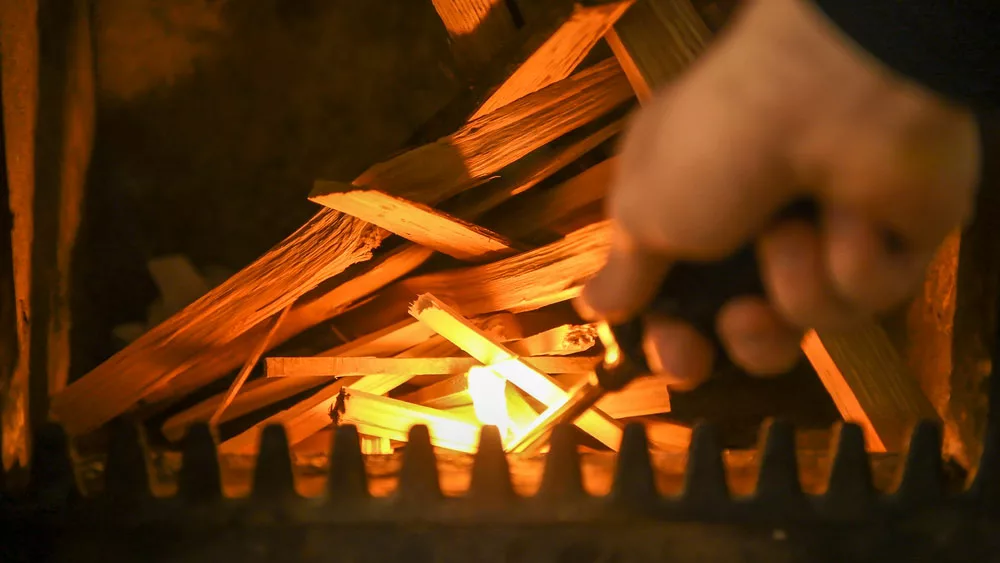
Starting a firewood fire.
In terms of convenience, we’re referring to the easier firewood to create whenever you need it. Hence, the best option in this parameter is furnace-dried firewood primarily since it dries so fast. You can therefore use the firewood within a short duration after harvesting.
Again, as earlier mentioned, you don’t have to stack bulks of kiln-dried firewood when you can prepare it on a need basis. Also, you can ask fire-dried firewood suppliers to deliver it whenever you run out of stock.
Conversely, seasoned firewood requires strenuous preparation and a long drying period. Hence, this wait is not a convenient option you can rely on whenever you need it.
Winner: Kiln Dried Firewood
FAQs
Can I buy Seasoned Firewood?
Most firewood suppliers deal with furnace-dried firewood, but you can still find some that sell the seasoned type. Hence, if you’re looking for a cheaper firewood option to use immediately, buy seasoned firewood.
However, remember it may not be as hot and burn clean as kiln-dried firewood.
Conclusion
Kiln drying is arguably the most effective process in preparing firewood for immediate use, as we’ve highlighted above. On the other hand, seasoning is good but not as excellent as kiln drying.
We hope you’re now well-guided on furnace-dried firewood, but you can always talk to us.
